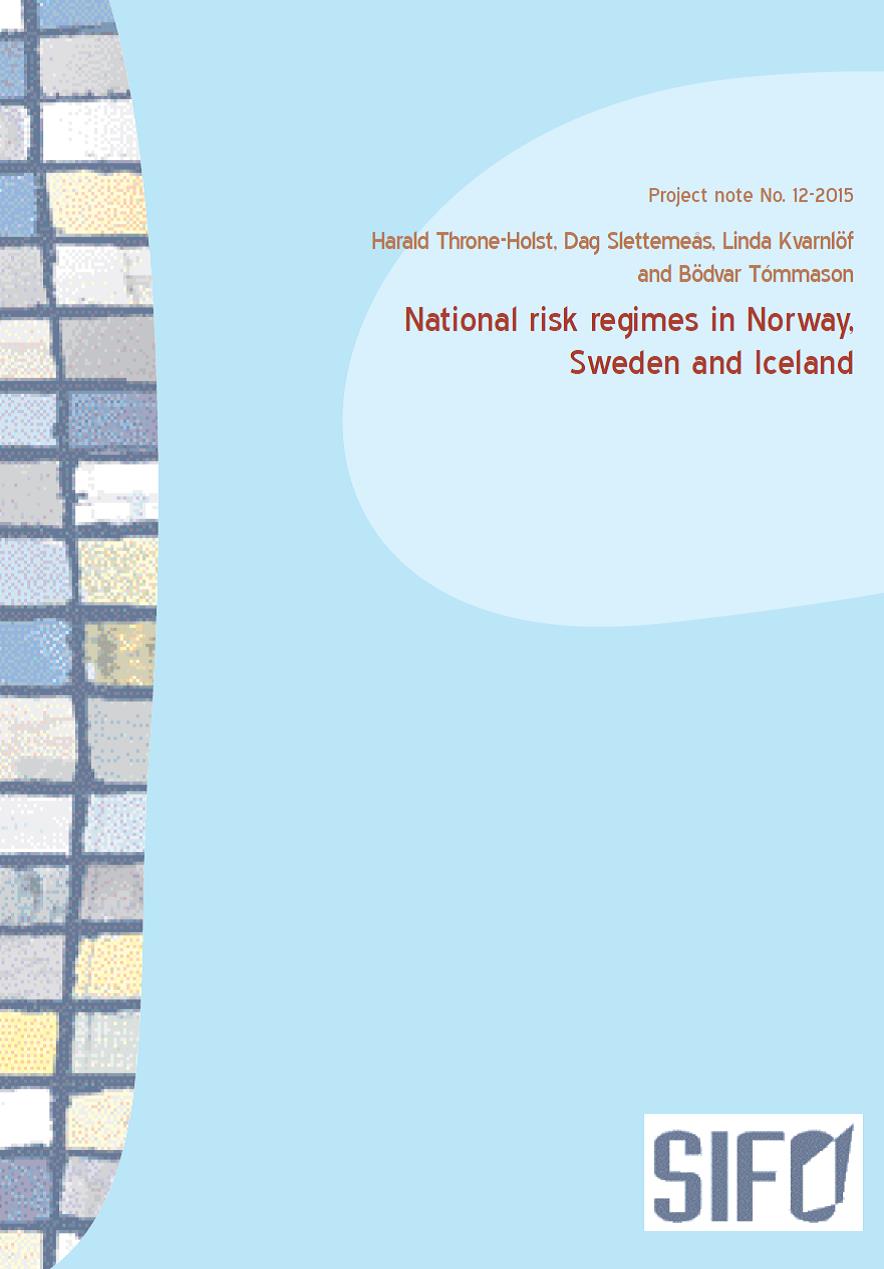Report Work Package 1: ‘National risk regimes – The role of citizens’
The final report of work package 1 of the HomeRisk project is now finished. Based on the national reports of the Icelandic, Swedish and Norwegian National Risk regimes, we find that our three countries have much in common. First of all, that there actually is a number of plans and laws in place. Further, that all three national governments have built up and sustained national and regional capabilities in case of emergencies.
For all countries there appears to be a difference to how the public is addressed with regards to ICT and electricity: On ICT the public is addressed as ‘consumers’, when it comes to electricity the public usually is referred to as ‘citizens’. We note that households hardly are mentioned in any of the national plans or laws. It is citizens or the general public that are referred to. We find that one may distinguish between three different ways household can be perceived:
- In a capable framing: Households are perceived as capable to assume responsibilities for themselves in the events of crises.
- In a resource framing: Households are perceived to be positive resources in the event of crises.
- In a precarious framing: Households are potential victims during crises, and they are more or less unable to look after themselves, and will need protection and assistance.
Harald Throne-Holst, Dag Slettemeås, Linda Kvarnlöf and Bödvar Tómmason (2015). National risk regimes in Norway, Sweden and Iceland. SIFO Project note No. 12-2015
